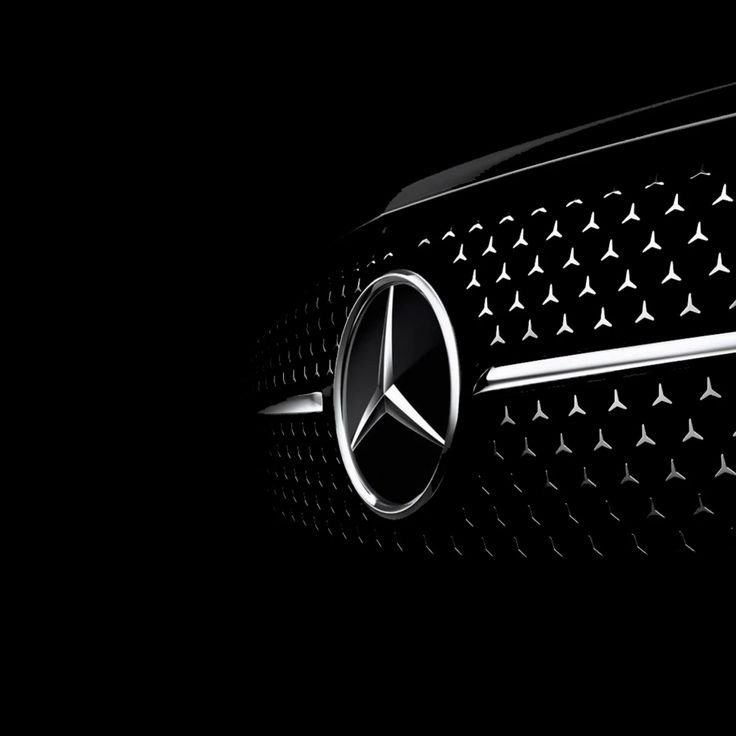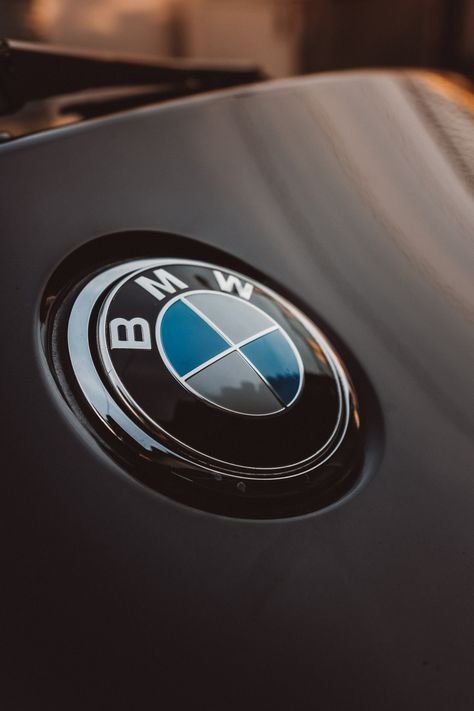
Automobile design is a dynamic field that evolves in response to technological advancements, consumer preferences, and environmental considerations. The aesthetics and ergonomics of a car are crucial factors that influence buyer decisions, driving experiences, and the overall perception of a brand. This article explores the latest trends in automobile design, focusing on aesthetics and ergonomics, highlighting the innovations that are shaping the future of the automotive industry.
Historical Perspective on Automobile Design
Early Automobile Design
In the early days of the automotive industry, car design was primarily functional. The emphasis was on engineering and mechanical reliability, with aesthetics taking a back seat. Early automobiles like the Ford Model T were utilitarian, with a focus on mass production and affordability.
The Rise of Aesthetics
The 1920s and 1930s saw a shift towards more aesthetically pleasing designs. Automakers began to recognize the importance of styling in attracting customers. Streamlining became popular, with sleek, aerodynamic shapes influencing the look of cars. This era also saw the emergence of design houses like Pininfarina and Bertone, which played a significant role in shaping car aesthetics.
Post-War Innovations
The post-World War II era brought significant advancements in materials and technology, leading to more innovative designs. The 1950s and 1960s were marked by bold, expressive styles, with tailfins, chrome accents, and two-tone paint schemes. This period also saw the rise of the sports car, with iconic designs from brands like Ferrari, Jaguar, and Porsche.
Contemporary Automobile Design Trends
Aesthetic Trends
Minimalism and Clean Lines
Modern car design often embraces minimalism, characterized by clean lines, simple shapes, and a lack of unnecessary ornamentation. This trend is influenced by the broader design movement towards simplicity and functionality. Automakers like Tesla have popularized this aesthetic, with models like the Model 3 featuring a sleek, uncluttered exterior.
Aerodynamic Efficiency
Aerodynamics play a crucial role in modern car design, affecting both performance and fuel efficiency. Designers strive to create shapes that reduce drag and enhance stability at high speeds. Features like active aerodynamics, which adjust in real-time based on driving conditions, are becoming more common. The Audi e-tron GT and Porsche Taycan are examples of vehicles that incorporate advanced aerodynamic designs.
Integrated Lighting
Lighting design has evolved significantly, becoming an integral part of a car’s aesthetic appeal. LED and laser lighting technologies allow for more creative and distinctive designs. Signature lighting, such as the “angel eyes” on BMWs or the dynamic light strips on Audi models, helps to create a unique visual identity.
Sustainable Materials
As sustainability becomes a priority, automakers are incorporating eco-friendly materials into their designs. Recycled plastics, natural fibers, and vegan leather are increasingly used in both interiors and exteriors. BMW’s i3, for example, uses sustainable materials like recycled PET bottles and natural fibers in its interior.
Customization and Personalization
Customization options allow consumers to tailor their vehicles to their preferences, enhancing the sense of ownership and satisfaction. Automakers offer a range of colors, finishes, and trims, as well as bespoke design services. Rolls-Royce and Bentley are renowned for their extensive customization programs, allowing customers to create one-of-a-kind vehicles.
Ergonomic Trends
User-Centric Design
Ergonomics in automobile design focuses on creating a comfortable and intuitive driving experience. User-centric design principles ensure that controls are easily accessible, seats provide adequate support, and interfaces are user-friendly. This trend is driven by the need to enhance driver comfort and reduce fatigue during long journeys.
Advanced Seating Solutions
Seating design has seen significant advancements, with a focus on comfort, adjustability, and support. Features like multi-way adjustable seats, lumbar support, and massage functions are becoming standard in luxury vehicles. Ergonomic seating is also being integrated into more affordable models, providing a more comfortable driving experience across the market.
Intuitive Infotainment Systems
Modern infotainment systems are designed to be intuitive and user-friendly, minimizing distraction and enhancing the driving experience. Touchscreens, voice commands, and gesture controls allow drivers to interact with the system without taking their eyes off the road. Apple CarPlay and Android Auto integration have become standard, providing seamless connectivity with smartphones.
Driver Assistance Technologies
Advanced driver assistance systems (ADAS) enhance safety and convenience, reducing the cognitive load on drivers. Features like adaptive cruise control, lane-keeping assist, and automated parking are becoming more common. These technologies not only improve safety but also contribute to a more relaxed and enjoyable driving experience.
Flexible Interior Layouts
As vehicles become more versatile, interior layouts are designed to accommodate a range of uses. Foldable and adjustable seats, modular storage solutions, and flat floors create a flexible and adaptable interior space. This trend is particularly evident in electric vehicles and SUVs, where interior space can be optimized for passenger comfort or cargo capacity.
Technological Innovations Influencing Design
Electric Vehicles (EVs)
The rise of electric vehicles has had a profound impact on automobile design. EVs offer greater design flexibility due to the absence of a traditional internal combustion engine and transmission. This allows for more spacious interiors, flat floors, and innovative storage solutions.
- Battery Integration: Designers must consider battery placement and integration, optimizing for weight distribution and safety. Many EVs, like the Tesla Model S and the Nissan Leaf, feature a skateboard chassis design with batteries integrated into the floor.
- Aerodynamic Efficiency: EVs benefit significantly from aerodynamic designs, which enhance range and performance. Smooth, streamlined shapes and active aerodynamic elements help reduce drag and improve efficiency.
Autonomous Vehicles
Autonomous vehicles are expected to revolutionize car design, shifting the focus from driver-centric layouts to passenger comfort and entertainment.
- Interior Configurations: Without the need for traditional driving controls, interiors can be reimagined to offer more flexible and comfortable seating arrangements. Lounge-style seating, swivel chairs, and integrated infotainment systems will enhance the passenger experience.
- Exterior Design: The design of autonomous vehicles will emphasize safety and visibility. Advanced sensor integration, including Lidar, radar, and cameras, will be seamlessly incorporated into the vehicle’s exterior.
Connectivity and Smart Features
Connected cars are becoming the norm, with advanced infotainment and telematics systems that enhance convenience, safety, and entertainment.
- Infotainment Systems: Modern infotainment systems offer a wide range of features, including navigation, media playback, connectivity, and vehicle diagnostics. Large touchscreens, voice control, and gesture recognition are common features.
- Smart Features: Features like remote start, over-the-air updates, and vehicle-to-everything (V2X) communication are becoming standard. These technologies enhance the driving experience and enable new functionalities.
Environmental Considerations
Sustainable Materials and Processes
Automakers are increasingly focusing on sustainability, using eco-friendly materials and processes to reduce the environmental impact of vehicle production.
- Recycled and Renewable Materials: The use of recycled plastics, natural fibers, and sustainable materials is becoming more common. BMW’s i3 and i8, for example, use recycled and renewable materials extensively in their interiors.
- Eco-Friendly Manufacturing: Automakers are adopting eco-friendly manufacturing processes, such as using renewable energy sources, reducing waste, and minimizing emissions. Tesla’s Gigafactories are designed to be energy-efficient and environmentally friendly.
Lightweight Construction
Reducing vehicle weight is crucial for improving fuel efficiency and performance. Advances in materials and engineering have enabled the development of lightweight yet strong structures.
- Advanced Materials: The use of lightweight materials like aluminum, carbon fiber, and high-strength steel reduces weight without compromising safety or performance. The McLaren P1 and the BMW i8 are examples of cars that utilize lightweight materials extensively.
- Structural Optimization: Engineers use advanced simulation and design techniques to optimize structural components for weight reduction. Techniques like topology optimization and generative design help create lightweight and efficient structures.
Cultural and Regional Influences
Global Design Trends
Automobile design is influenced by global trends, reflecting broader cultural and social movements. The rise of minimalism, sustainability, and technological integration are global trends that shape car design.
- Minimalism: The trend towards minimalism is reflected in the clean lines, simple shapes, and uncluttered interiors of modern cars. Brands like Tesla and Volvo embrace minimalism in their design philosophy.
- Sustainability: As sustainability becomes a global priority, automakers are incorporating eco-friendly materials and processes into their designs. This trend is evident in the use of recycled materials and renewable energy sources in production.
Regional Preferences
Regional preferences play a significant role in shaping automobile design. Automakers tailor their designs to meet the specific needs and tastes of different markets.
- North America: In North America, consumers prefer larger vehicles like SUVs and trucks, which offer spacious interiors and powerful engines. Brands like Ford and Chevrolet cater to this market with models like the F-150 and Silverado.
- Europe: European consumers value compact, efficient vehicles that are well-suited to urban environments. Automakers like Volkswagen and BMW focus on creating cars that offer a balance of performance, efficiency, and practicality.
- Asia: In Asia, especially in countries like China and Japan, there is a growing demand for electric and hybrid vehicles. Automakers like Toyota and BYD are leading the market with their innovative hybrid and electric models.
Future Trends in Automobile Design
Electric and Autonomous Vehicles
The future of automobile design will be heavily influenced by the rise of electric and autonomous vehicles. These technologies will enable new design possibilities and redefine the driving experience.
- Electric Vehicles (EVs): The design of EVs will continue to evolve, with a focus on aerodynamics, battery integration, and sustainability. The absence of a traditional engine and transmission will allow for more flexible and spacious interiors.
- Autonomous Vehicles: Autonomous vehicles will prioritize passenger comfort and entertainment, with reconfigurable interiors, advanced infotainment systems, and seamless connectivity. The exterior design will emphasize safety and sensor integration.
Advanced Materials and Manufacturing Techniques
Advances in materials and manufacturing techniques will enable the creation of lighter, stronger, and more sustainable vehicles.
- Smart Materials: The development of smart materials, such as self-healing polymers and adaptive materials, will enhance durability and functionality.
- 3D Printing: 3D printing technology will enable more efficient and flexible manufacturing processes, allowing for rapid prototyping and customization.
Personalization and Customization
The trend towards personalization and customization will continue to grow, allowing consumers to create vehicles that reflect their individual tastes and preferences.
- Bespoke Design Services: Automakers will offer more extensive bespoke design services, enabling customers to choose unique colors, materials, and finishes.
- Digital Customization: Digital tools and platforms will allow consumers to visualize and customize their vehicles online, making the design process more accessible and engaging.
Automobile design is a constantly evolving field, driven by technological advancements, environmental considerations, and changing consumer preferences. The latest trends in car aesthetics and ergonomics reflect a broader movement towards minimalism, sustainability, and technological integration.
As the automotive industry transitions towards electric and autonomous vehicles, the design of cars will continue to evolve, offering new possibilities and redefining the driving experience. Advances in materials, manufacturing techniques, and customization options will further enhance the aesthetics and ergonomics of future vehicles.
In conclusion, the future of automobile design is exciting and full of potential. By embracing innovation and sustainability, automakers can create vehicles that not only meet the needs of modern consumers but also contribute to a cleaner, more sustainable world.
ALSO READ: Readywire’s AI-Driven ERP Solutions for Automobile Dealerships





